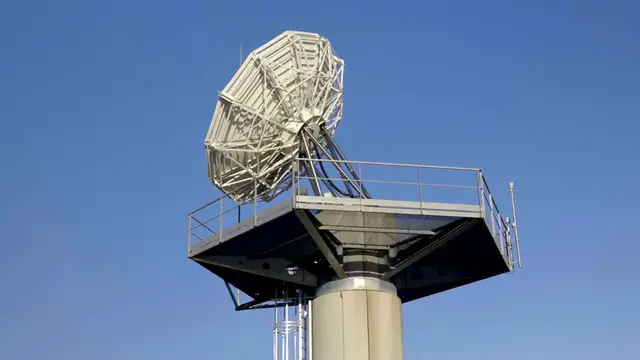
Kessler Syndrome Space Debris Threat & Potential Solutions
Dec 28, 2024
Kessler Syndrome: The Growing Threat of Space Debris and Potential Solutions
What is Kessler Syndrome?
Kessler Syndrome, a concept introduced by NASA scientist Donald J. Kessler in 1978, describes a cascading chain reaction of collisions in Earth’s orbit. As space debris collides with operational satellites or other debris, it creates even more fragments, increasing the likelihood of further collisions. This self-sustaining cycle could render certain orbital regions unusable, posing significant risks to satellite operations, human spaceflight, and ground-based technologies reliant on space infrastructure.
The Growing Threat of Space Debris
Earth’s orbit is increasingly cluttered with defunct satellites, spent rocket stages, and fragments from previous collisions or explosions. According to the European Space Agency (ESA), there are:
Over 36,000 trackable pieces of debris larger than 10 cm.
Approximately 1 million objects between 1 cm and 10 cm.
An estimated 130 million particles smaller than 1 cm.
Even small debris can cause catastrophic damage due to the high velocities in orbit, often exceeding 28,000 km/h (17,500 mph). For instance, a paint fleck at such speeds can puncture spacecraft shielding.
Notable Incidents
Show More Show Less #Arts & Entertainment
